On the evening of February 4, 2022, the Department of Finance released draft legislation which included the following:
immediate expensing of up to $1.5 million of eligible investments by CCPCs, sole proprietors and certain partnerships Expansion of the Eligibility for Tax Support for Business Investments. In the previous announcement, this measure only applied to CCPCs). CRA previously stated they would begin allowing claims “once supporting legislation has been introduced.”
reduce the general corporate and small business income tax rates by 50% for businesses that manufacture zero-emission technologies;
expand access to the accelerated capital cost allowance for certain clean energy equipment and implement certain restrictions;
improve access to the Disability Tax Credit;
include postdoctoral fellowship income in “earned income” for Registered Retirement Savings Plan (RRSP) purposes;
enhance Canada’s income tax mandatory disclosure rules, as further detailed in the backgrounders Mandatory Disclosure Rules and Income Tax Mandatory Disclosure Rules Consultation: Sample Notifiable Transactions;
increase flexibility for plan administrators of defined contribution pension plans to correct for both under-contributions and over-contributions;
improve the fairness of certain taxes applicable to registered investments;
improve the administration of, and compliance with, electronic filing and certification of tax and information returns;
temporarily extend certain timelines for the Canadian Film or Video Production Tax Credit (CPTC) and the Film or Video Production Services Tax Credit (PSTC);
combat the avoidance of tax debts through complex transactions that attempt to circumvent the tax debt collection avoidance rule;
enhance CRA authority to conduct audits and undertake other compliance activities; and
limit the amount of interest and other financing expenses that businesses may deduct for income tax purposes based on a proportion of earnings.
update rules that address tax planning relating to allocations to redeeming fund unit holders in the mutual fund industry.
specify that crypto asset mining would generally not be considered a “supply” for GST/HST purposes. This would mean that the GST/HST would not apply to the provision of crypto asset mining and input tax credits would not be available to the person providing the mining.
Submissions on the following measures should be received by April 5, 2022:
taxes applicable to registered investments;
mandatory disclosure rules;
avoidance of tax debts;
audit authorities;
reporting requirements for trusts;
mutual funds: allocation to redeemers; and
crypto asset mining.
Submissions specifically relating to the interest deductibility limitation measure will be accepted until May 5, 2022.
Submissions on all other measures should be received by March 7, 2022.
Supporting sources:


